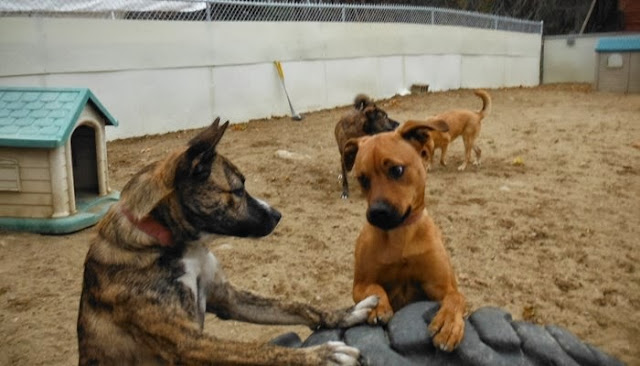Despite a brisk wind, it is a beautiful Thanksgiving morning here.
At sunrise, Kodi, Henna and I explored the back forty. From there I looked south to Long Mountain, the ridge highlighted by the morning sunlight.A mockingbird scolded us from a thorny thicket of shrubs. White-throated sparrows were more furtive among the bushes. My favorite redtail lifted off from the tall pines and soared over the pasture. Henna and Kodi foraged in the pasture for Thanksgiving treats. They want to keep going out, so we've had three walks already. It is nice to get outside on a nice day, while the turkey slow cooks in the oven.
Happy Thanksgiving To All.
















